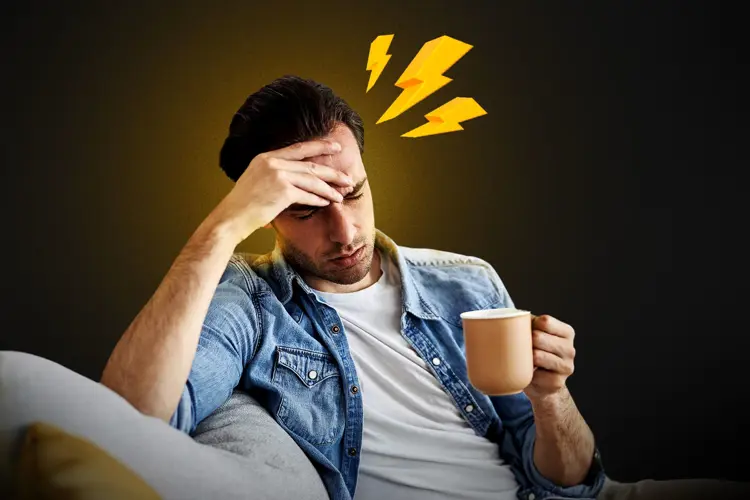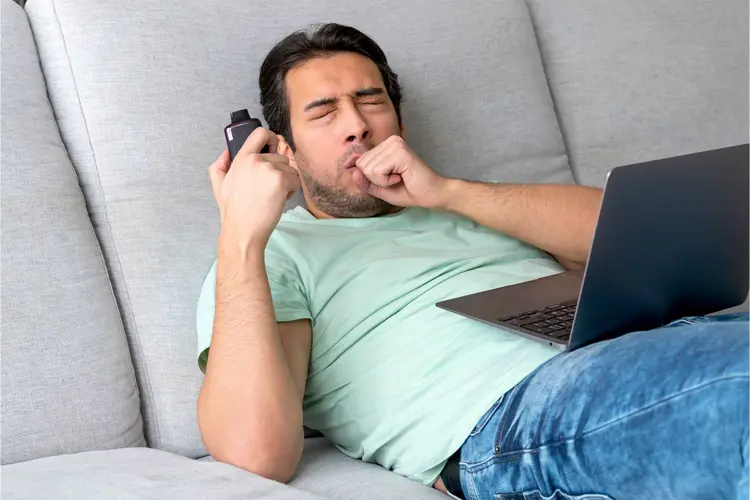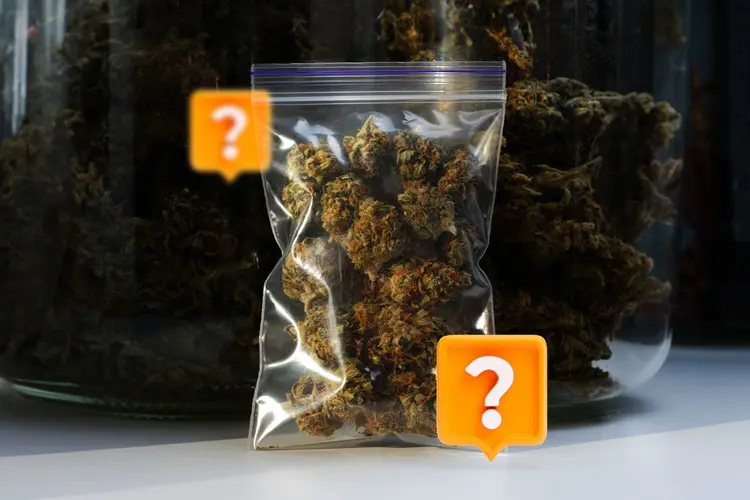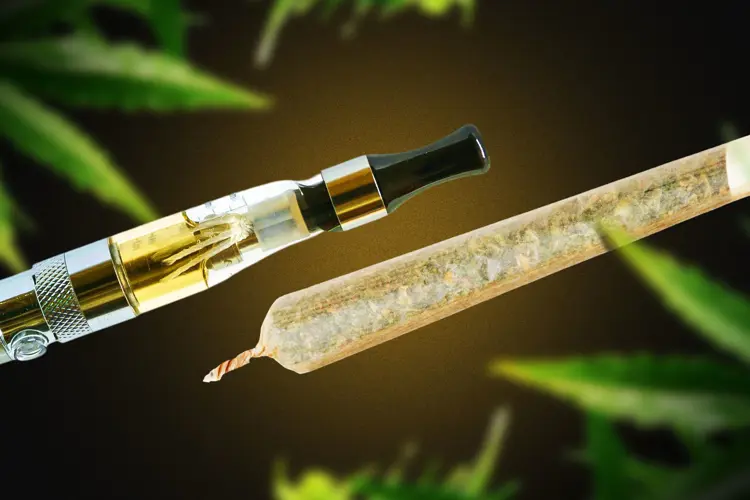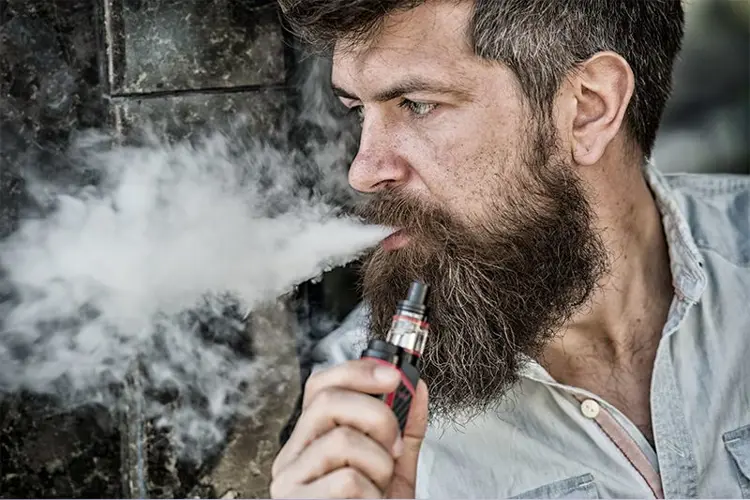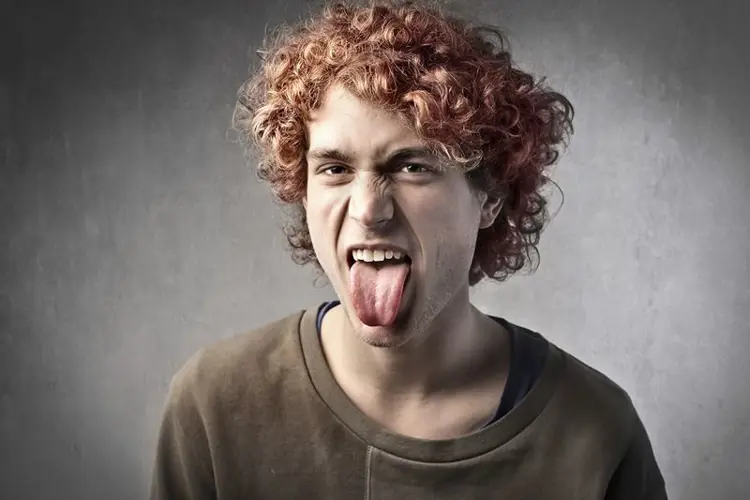Although vaping is usually a pleasurable experience, it is sometimes associated with unwanted side effects. Can vaping cause headaches? Yes. In fact, headaches are one of the most common side effects associated with vaping, along with coughing, sore throat, dry mouth, increased heart rate, and dizziness.
The mere act of vaping, however, is unlikely to be the reason for the pounding in your head. Rather, the ingredients in e-liquids and biological factors are likely to be the culprits.
In this article, we’ll explore the potential causes of vape headaches and migraines, and provide some recommendations for how to avoid them.
What does a vape headache feel like?
A vape headache may have unique causes, but it is not a unique experience. It generally feels like a standard tension headache. The primary symptom is usually a dull pain or pressure in the front, sides, or back of the head. Like most headaches, the duration is impossible to predict. One might experience a few minutes of discomfort, but it could potentially last for hours or even days.
Why does vaping give me a headache?
Inhaling anything—be it e-cigarette vapor, THC, CBD, or cigarette smoke—introduces foreign substances into the air passages and lungs. Some of these substances can disrupt the body’s delicate homeostasis, resulting in irritation and discomfort.
E-liquids usually contain four primary ingredients: propylene glycol (PG), vegetable glycerin (VG), flavorings, and nicotine. Understanding the nature and effects of these ingredients, particularly nicotine, is the first step in learning how to stop headaches from vaping.
Can nicotine give you a headache?
When trying to identify the cause of a vape headache, nicotine is suspect number one. While it offers plenty of benefits, nicotine can also negatively impact the central nervous system. Some of the common effects are lightheadedness, dizziness, sleep impairment, and headaches.
The human body has pain-sensitive nerves in the back of the throat that can be agitated by nicotine in vapor. Nicotine also constricts blood vessels, which reduces the flow of blood to the brain. Both factors can induce a vape headache—especially for inexperienced nicotine users. Conversely, experienced users who are dependent on nicotine risk experiencing withdrawal headaches if they suddenly dial back their intake.
For comparison, caffeine is associated with headaches for the same reason as nicotine: blood vessel constriction. And regular coffee drinkers who skip their morning cup become familiar with the unpleasantness of a withdrawal headache. When it comes to both caffeine and nicotine, consuming too much or too little can have consequences.
Note that headaches can be caused by any nicotine product, including patches, gum, and pouches.
Other causes of vape headaches
Non-nicotine users might be wondering, why does vaping give me a headache if I’m not using nicotine? Nicotine might be the most obvious instigator of headaches, but there are several other factors to consider.
Dehydration: Headaches are often a symptom of dehydration, which can be exacerbated by two of the main components of e-liquids: propylene glycol (PG) and vegetable glycerin (VG). These ingredients are hygroscopic; they absorb water. This is why vaping is often linked to dehydration and its related symptoms, such as headaches, dry mouth, and coughing.
Flavorings: Some people are sensitive to certain flavors and aromas, such as those found in e-liquids and vapor. Minor irritations caused by the taste or smell of these e-liquids could trigger a headache. Note that aroma sensitivity is more often associated with migraines, which we’ll discuss in the next section.
Sweeteners: There is a correlation between prolonged use of artificial sweeteners and headaches. A common offender is sucralose, which is often found in e-liquids.
Propylene glycol: As previously mentioned, propylene glycol (PG) is a main ingredient in most (not all) e-liquids. Frequent headaches after vaping could indicate PG sensitivity or (in rare cases) a PG allergy.
Can vaping cause a migraine?
Although we know that genetics play a role in migraines, the exact cause is still a mystery. Older research suggested that changes in blood flow to the brain could be responsible. More modern research poses that blood flow contractions (caused by hormonal changes) contribute to migraine pain, but they don’t initiate it.
Some studies have shown a correlation between migraines and cigarette smoking, but there is no conclusive evidence pointing to nicotine as a direct cause. However, because nicotine reduces blood flow to the brain, a connection to migraines would seem plausible.
Nicotine and cigarettes aside, can vaping cause a migraine? Possibly. Up to 95% of migraine sufferers experience hypersensitivity to odors, also known as osmophobia. Thus, aromatic vapor from certain e-liquid flavors could potentially trigger or intensify a migraine (or headache). Sucralose is also cited as a trigger for some, but a causal relationship has yet to be established.
Triggers vary widely from person to person, making them difficult to predict. Vapers prone to migraines should be mindful of correlations between the use of certain flavors and migraine attacks.
As a vaper who has suffered from migraines for over three decades, I have plenty of firsthand experience with this issue. While I’ve ruled out nicotine strength, hydration, and sucralose as direct causes of my headaches, I have noticed a correlation between certain flavors and the onset of migraines.
Over the years, I’ve pinpointed several culprits, including spices (clove, anise, cinnamon), strawberry, bubblegum, melon, and a few others. Granted, I continue to vape these flavors, but I limit my usage to avoid overdoing it, and cease using them if things get dicey. Ultimately, I don’t think they directly cause migraines, because (in my experience) migraines tend to be a culmination of factors—a perfect storm of triggers. These particular flavors simply seem to be contributors.
That said, if you experience frequent migraines, please don’t consider the flavors I listed as off-limits. Migraines are a uniquely personal experience, so your list may be much different. The important thing is to be mindful of exactly what you were vaping just before the symptoms began. It can also be beneficial to keep the air circulating wherever you’re vaping. The flavor alone may not always be an issue, but the lingering smell or dense vapor could aggravate your senses.
How to stop headaches from vaping
We’ve established that vaping can cause headaches, but that’s only part of the equation. Let’s conclude with some solutions. Here are six ways to stop headaches from vaping.
Stay hydrated: Vapers are always encouraged to drink plenty of liquids to combat the dehydrating effect of e-liquids. Hydration is even more crucial for vapers who are already prone to headaches or migraines.
Reduce your nicotine intake: Despite the popular saying, you CAN have too much of a good thing. Nicotine can give you a headache due to its impact on the central nervous system. To mitigate this, reduce the nicotine content in your e-liquid or the frequency that you vape. Just keep in mind that a dramatic reduction could induce a withdrawal headache.
Know your triggers: Determine if certain flavors or aromas seem to be precursors to headaches or migraines. If there is no obvious correlation, an elimination approach might be appropriate. Try vaping unflavored e-liquid for a week. If your symptoms improve, slowly add other flavors into the lineup until you find a likely culprit.
Use caffeine in moderation: Both caffeine and nicotine reduce blood flow to the brain, which is often the cause of headaches. Users of both products should be especially mindful of their consumption. Find the right balance to avoid any unwanted side effects.
Limit use of artificial sweeteners: Frequent use of artificial sweeteners, such as sucralose, is known to cause headaches (and possibly migraines) in some people. If you suspect sucralose is the cause of your discomfort, reduce your intake. This not only applies to sweet e-liquids, but to food products as well.
Reduce PG intake: Recurrent headaches could indicate a sensitivity to propylene glycol (PG). If you’ve ruled out the other possibilities, consider trying an e-liquid with a lower PG percentage and see if things improve.
President Trump promised during his election campaign to “save vaping," but his administration has undermined that goal at every turn.
The U.S. disposable vape market has grown to $2 billion in annual sales, although nearly none of the products are authorized by the FDA.
More than 30 bills that would impose severe restrictions vaping consumers’ product choices remain active in U.S. state legislatures.
The Freemax REXA PRO and REXA SMART are highly advanced pod vapes, offering seemingly endless features, beautiful touchscreens, and new DUOMAX pods.
The OXVA XLIM Pro 2 DNA is powered by a custom-made Evolv DNA chipset, offering a Replay function and dry hit protection. Read our review to find out more.
The SKE Bar is a 2 mL replaceable pod vape with a 500 mAh battery, a 1.2-ohm mesh coil, and 35 flavors to choose from in 2% nicotine.











